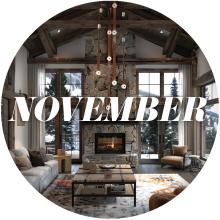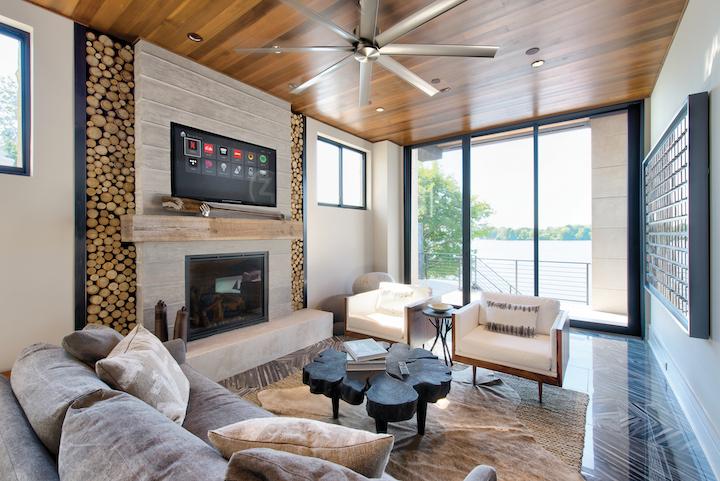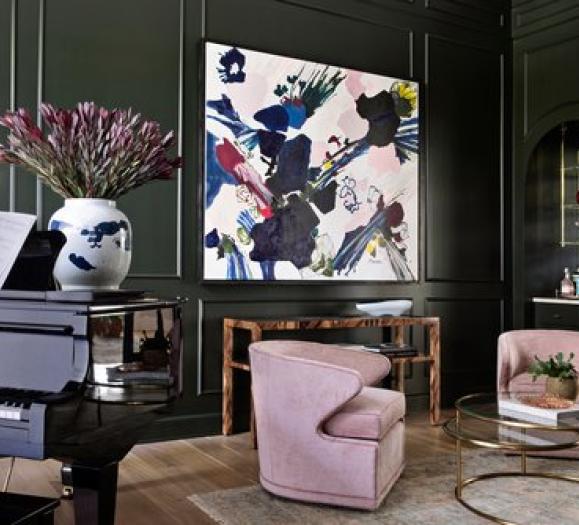Smart home technology can offer end users the ultimate in comfort and convenience. Whether the technology is exhibited in furniture, lighting or anywhere else in the home, when a person is more comfortable or their lives are made easier by completing basic household tasks at the push of a button, they’re enhancing their overall well-being.
“High technology in homes and home furnishings is here to stay and will continue to change at a fast pace,” says Lisa Cody, Vice President of Marketing for Twin Star Home. “Consumers are connected to technology from the moment they wake up and check their mobile phones to the moment they go to sleep and turn off their lights using their smart watch.”

Smarter Furniture
Raffel Systems develops electronic controls for furniture manufacturers, elevating motion furniture controls from a cranking stick on the side of a chair to reclining with the push of a button. Today, the company’s products can recline, massage and heat via cup holder control panels, remote controls or wireless Bluetooth technology.
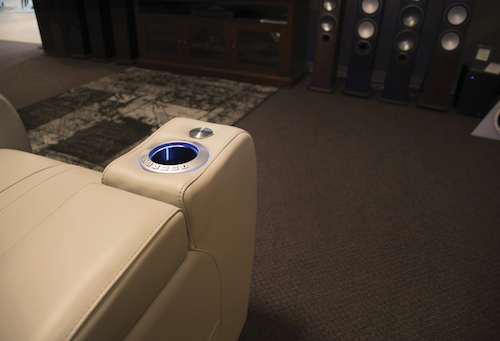
Incorporating technology and controls into the design of furniture can be a challenge, as there inevitably is some sort of mechanical aspect to it. Raffel’s team works closely with the designers to find out what is aesthetically pleasing and is able to customize products to match their needs.
“We have graphic designers on staff that have engineering backgrounds, and our salespeople actively engage the design community to look at the aesthetics of the product and the switches and what they would like, what finishes would they like, how obtrusive, how visible do they want these electronic components to be,” says John Dudash, CEO of Raffel Systems. “Because we’re domestic, we’re able to do far more. We’re far more flexible in our ability to design product — especially cosmetically.”
In addition to looking good, this furniture also has its wellness benefits.
“As the world gets faster and more engaged, I think the ability to create a relaxing and individual environment within a piece of furniture is going to be very valuable,” Dudash says. “I think that you’re seeing more and more furniture manufacturers touting the health benefits of relaxation, of sleep, of all of the things that a tremendously comfortable motion experience in furniture would contribute to.”
There’s also a future for wellness in smart furniture beyond comfort. This year, Raffel will release a cup holder with UV light that disinfects whatever is placed in it — cups, phones, remotes — within a minute.
In office settings, standing desks are growing in popularity. Twin Star Home added adjustable height desks to their product line in 2016, citing a gap in the marketplace and rising consumer interest.
“There is a wealth of available research that makes it clear a sedentary lifestyle is linked to a host of health problems and shorter life spans,” Cody says. “For those concerned about leading a healthier lifestyle, a standing desk can be one piece of the puzzle to help people sit less during each day. We use technology to make it easier for consumers to get the most out of our desks in terms of being more productive, focused and feeling better.”
This technology includes a flat touchscreen control pad, programmable height options, USB charging and a timer that will remind users to stand up throughout the day.
Setting the Scene
The health effects of lighting are well-documented, and seasoned lighting designers know the importance of selecting the proper lights for their maximum benefits. But smart lighting can take these wellness benefits to the next level.
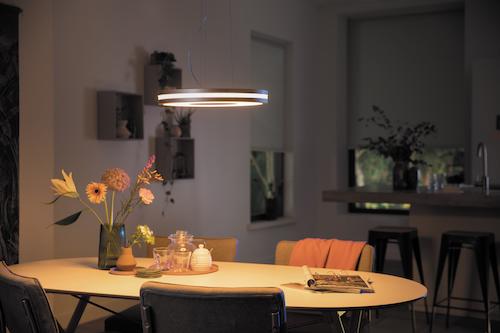
“Lighting has a profound effect on how we feel and how we function,” says Mike Deschamps, Head of U.S. Product Marketing, Smart Lighting for Signify, manufacturers of Philips Hue smart lighting. “It affects how productive we are, how comfortable we feel and how well we sleep. With smart lighting, you can make simple adjustments to your lighting’s color temperature and brightness level to improve your day-to-day routines and well-being.”
To maximize this well-being, light intensity and temperature should vary throughout the day. More light might be needed in the daytime when competing with natural light, while in the middle of the night the same amount of light might strain someone’s eyes. Cool lights are more beneficial in the morning, while a warmer light is great at night for relaxing and winding down.
“Certain aspects of the smart home truly become things customers can’t and won’t live without, and I think one of those is smart lighting,” says Brad Hintze, Senior Director of Product Marketing for Control4, a smart home operating system manufacturer. “That is something I think that is really under-appreciated at this point. You want your lighting in your home to respond to you differently and smart lighting enables that. Many of our customers that have smart lighting say they can never live in the home without it.”
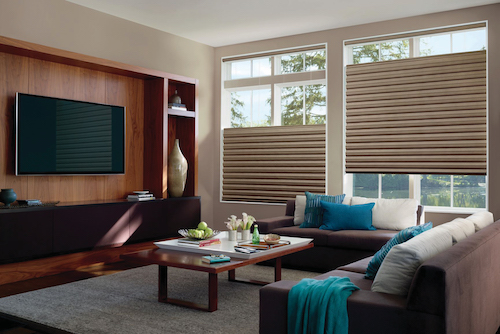
Hintze shared an example from his own home. LED keypads in his bedroom and kitchen turn green when his front door is locked and red when it’s not. A similar system is set up to monitor his garage door. The light is a visual indicator that either provides a reminder to lock the door or eliminates worry about whether his house is secure.
“The scene that makes everything work together for you, like the goodnight button that locks the doors, turns off the lighting in the home — there are plenty of homeowners that might dismiss that and say, ‘I’m not so lazy that I can’t walk around the house and turn my lights off,’” he says. “But those are the little things that when you take that off of somebody’s plate, it contributes to their overall wellness and well-being.”
Getting the Industry Onboard
Integrating technology into products and therefore the overall design of a room is becoming easier as the components get smaller and the software more streamlined. Smart home operating systems work with manufacturers across technology types to integrate controls for all components — furniture, lighting, entertainment and more — into one system.
“When you have something like a smart home operating system, manufacturers don’t need to worry about that anymore,” Hintze says. “They simply need to enable the connection to those other interfaces. A furniture manufacturer can outsource the construction of these interfaces to the experts and they can continue to focus on their core competency: building that furniture.”
Furniture manufacturers are able to conceal electronics and cords better than ever before, and smart bulbs come in numerous sizes and styles to fit nearly any lighting fixture. This means the design options for smart or technological furnishings and fixtures are not as limited as they once were.
For designers or retailers less familiar with smart home technology than they — or their customers — would like, Hintze recommends finding a reputable manufacturer in their area and asking about getting some of this technology installed in their own homes so they can live with it and experience it as a client would.
“It’s not unlike tile or cabinetry or many of the other trades that designers are familiar working with,” he says. “Technology is yet another trade, and they should build a relationship with reputable local businesses that can help provide some of that guidance.”
As customers increasingly want this convenience, designers and retailers should be prepared to give it to them.
“A homeowner wants the technology to blend into the background just to not even realize it’s there, just benefit from that,” Hintze says. “And I think that’s the goal designers should push for as they’re working with their clients and working with the technology professionals to really make that happen. We can make that happen when the designer works with a pro as early on as possible.”

